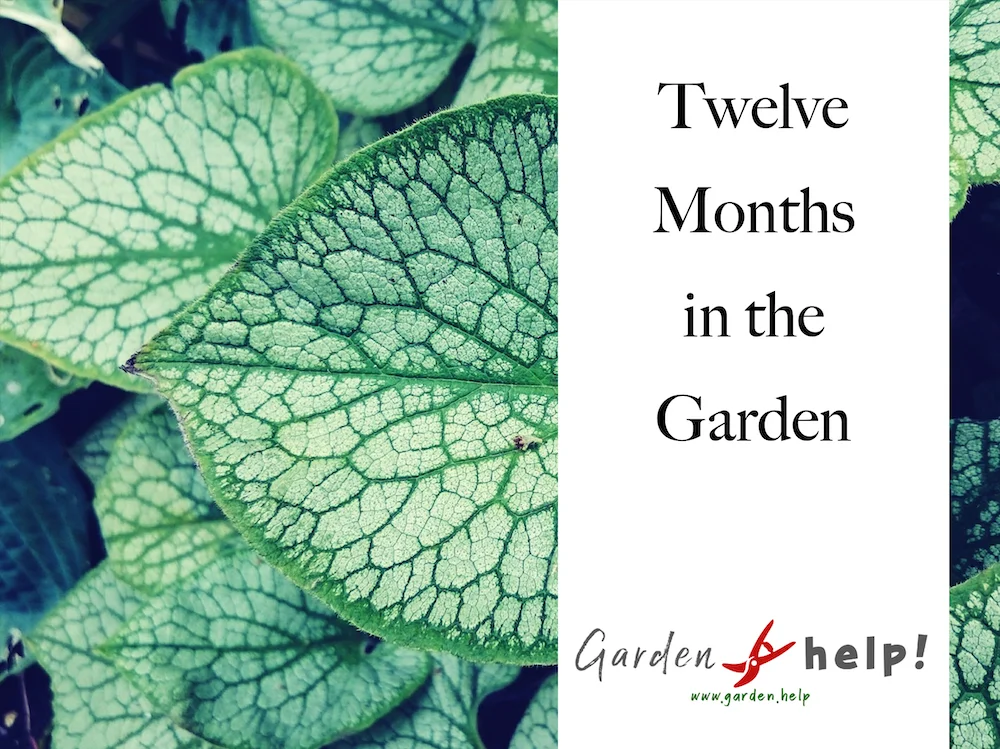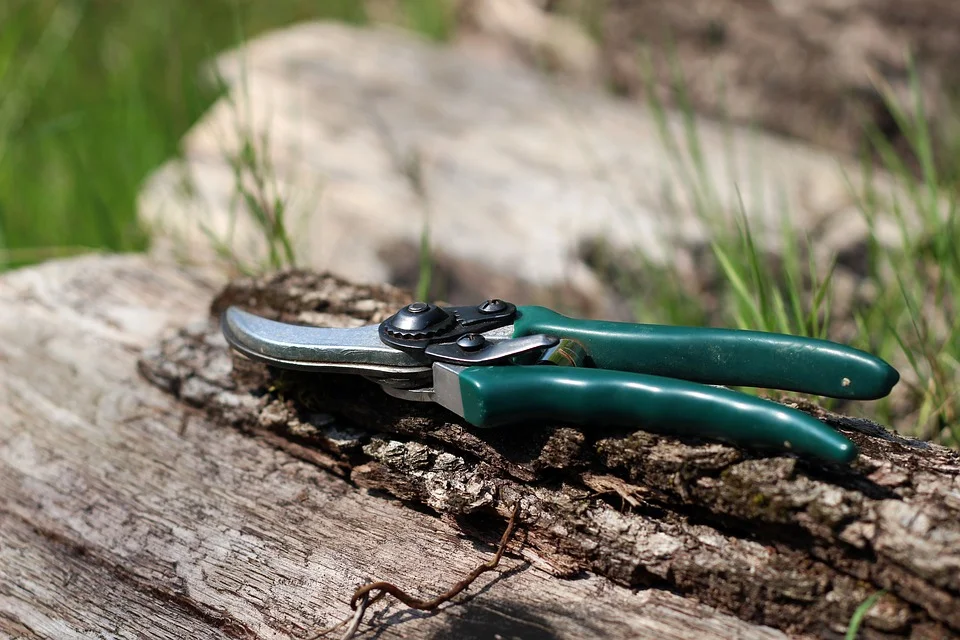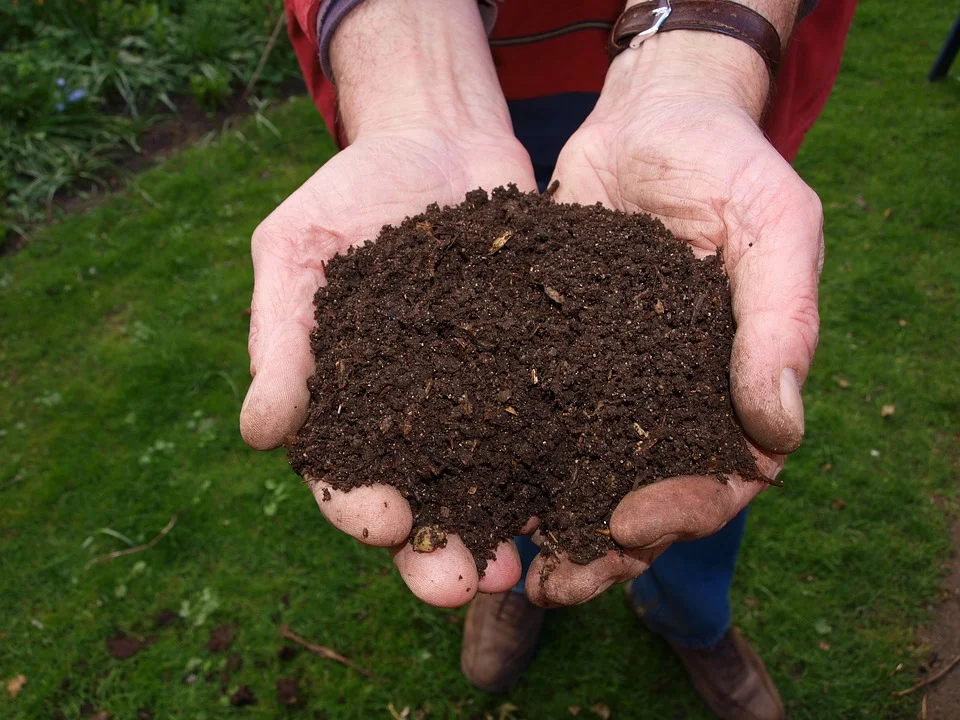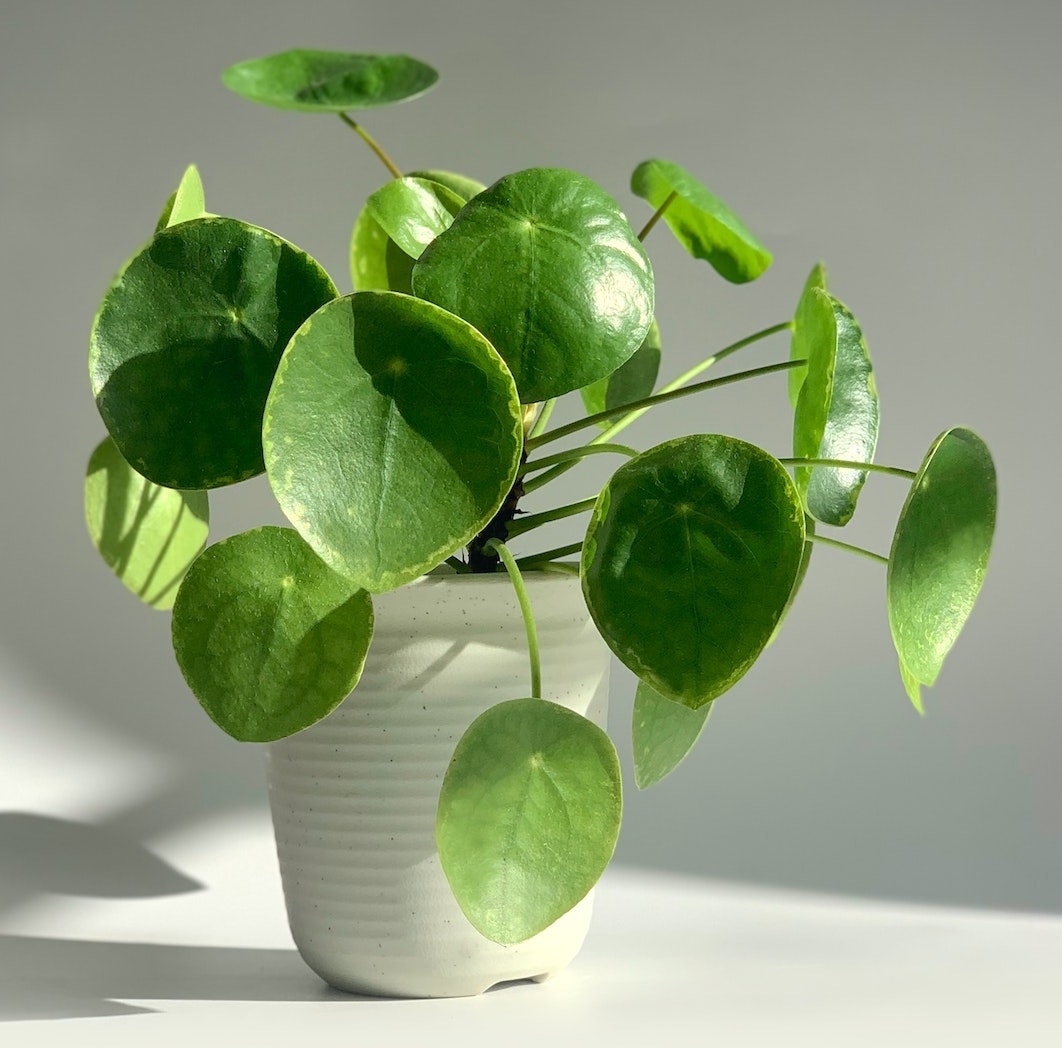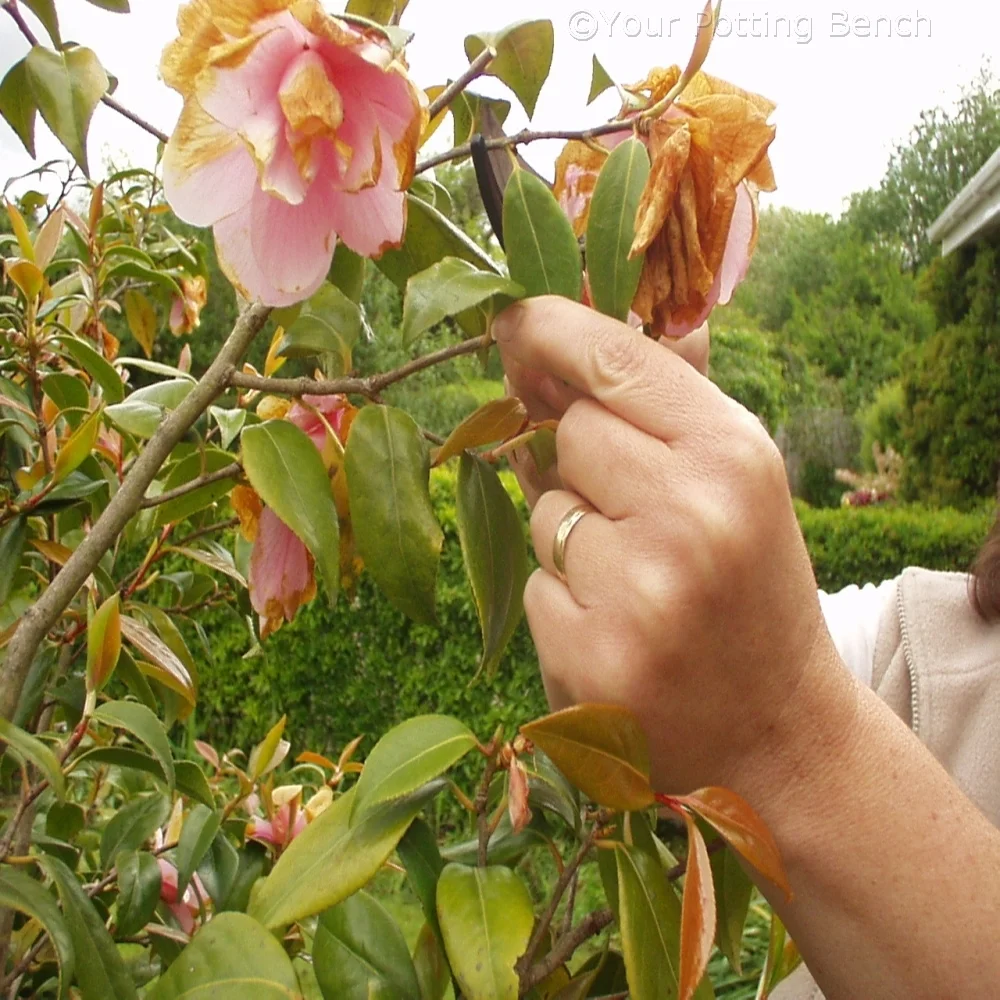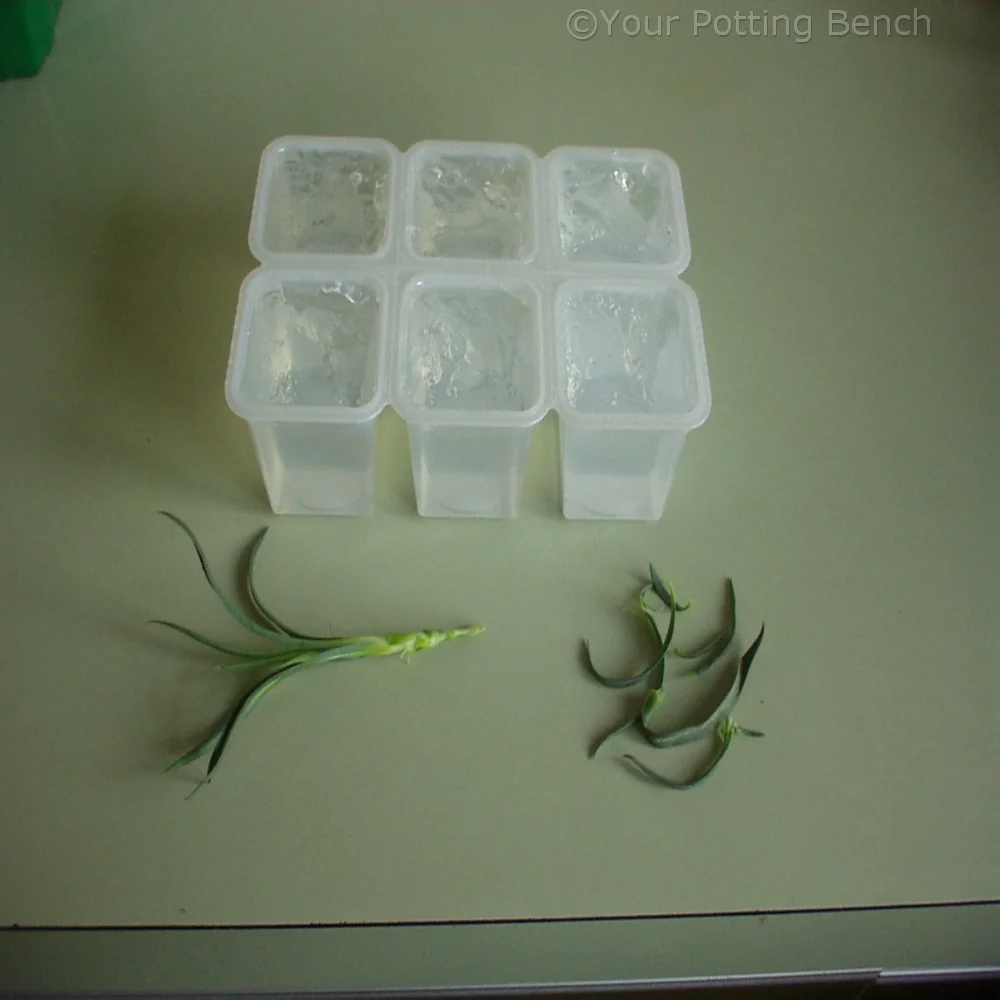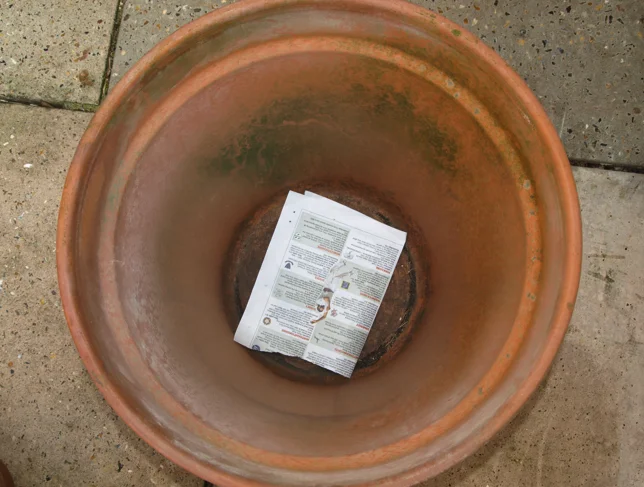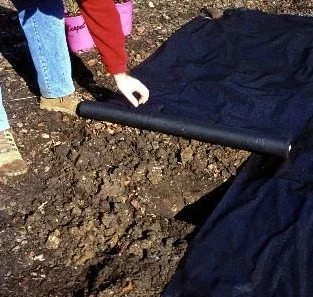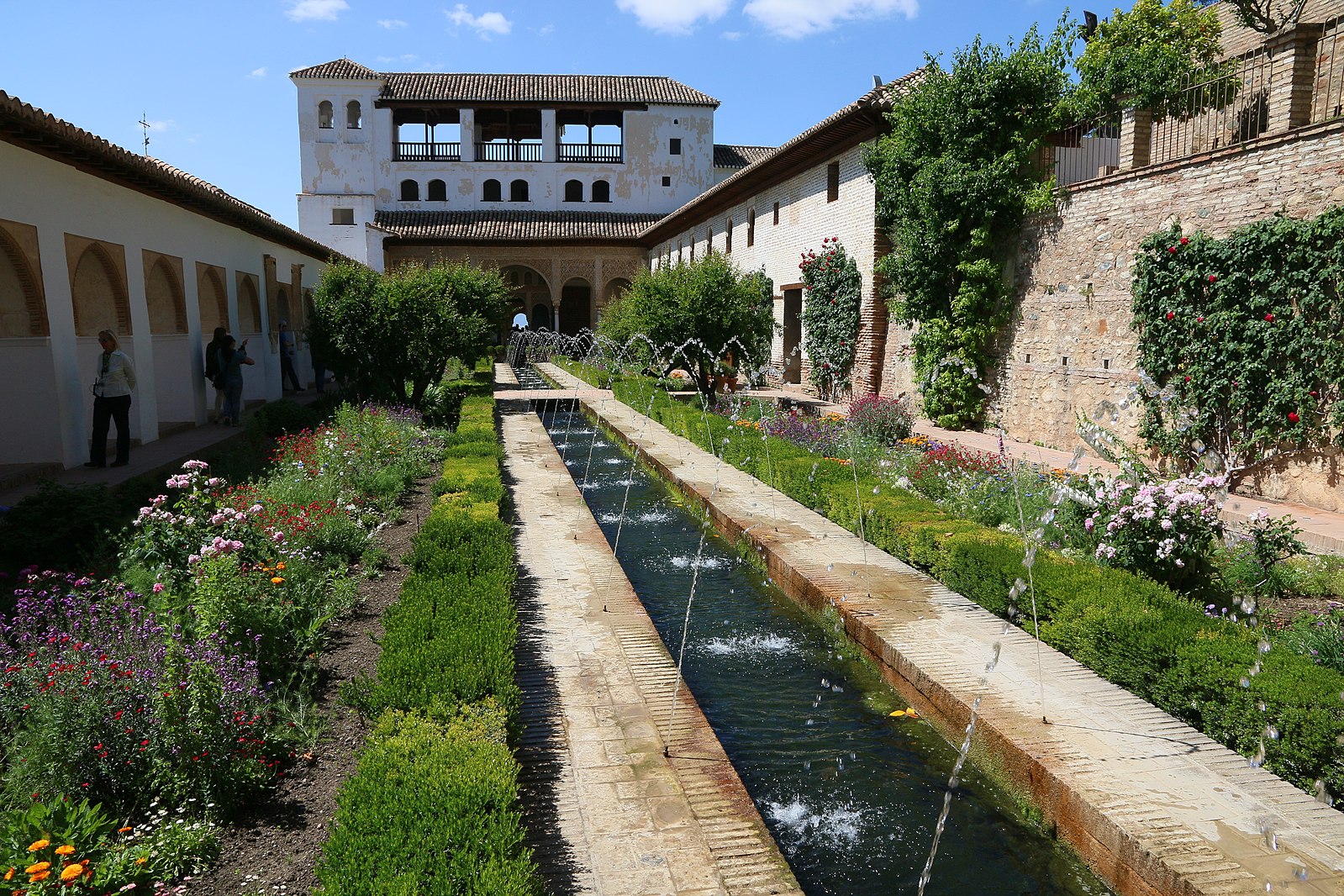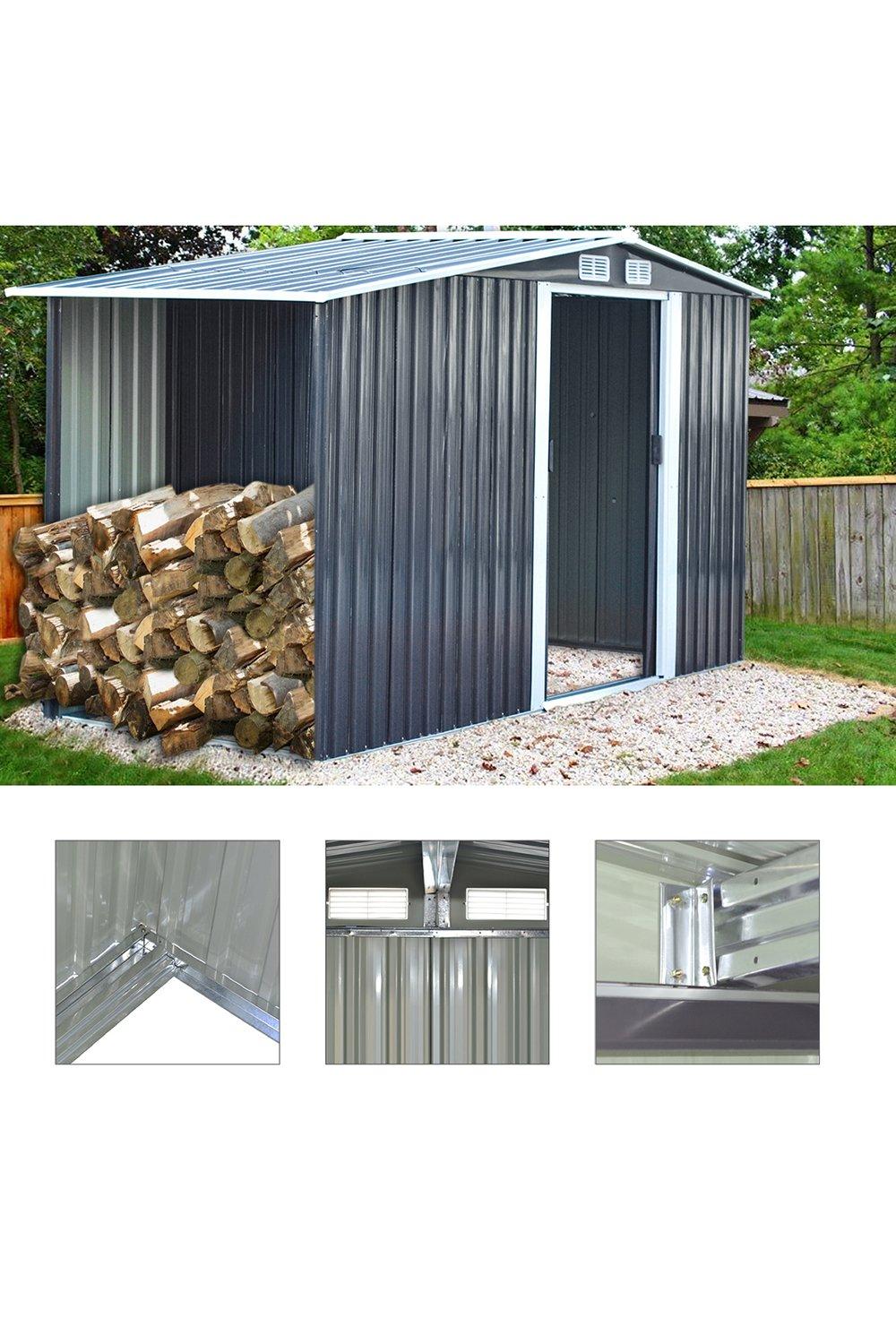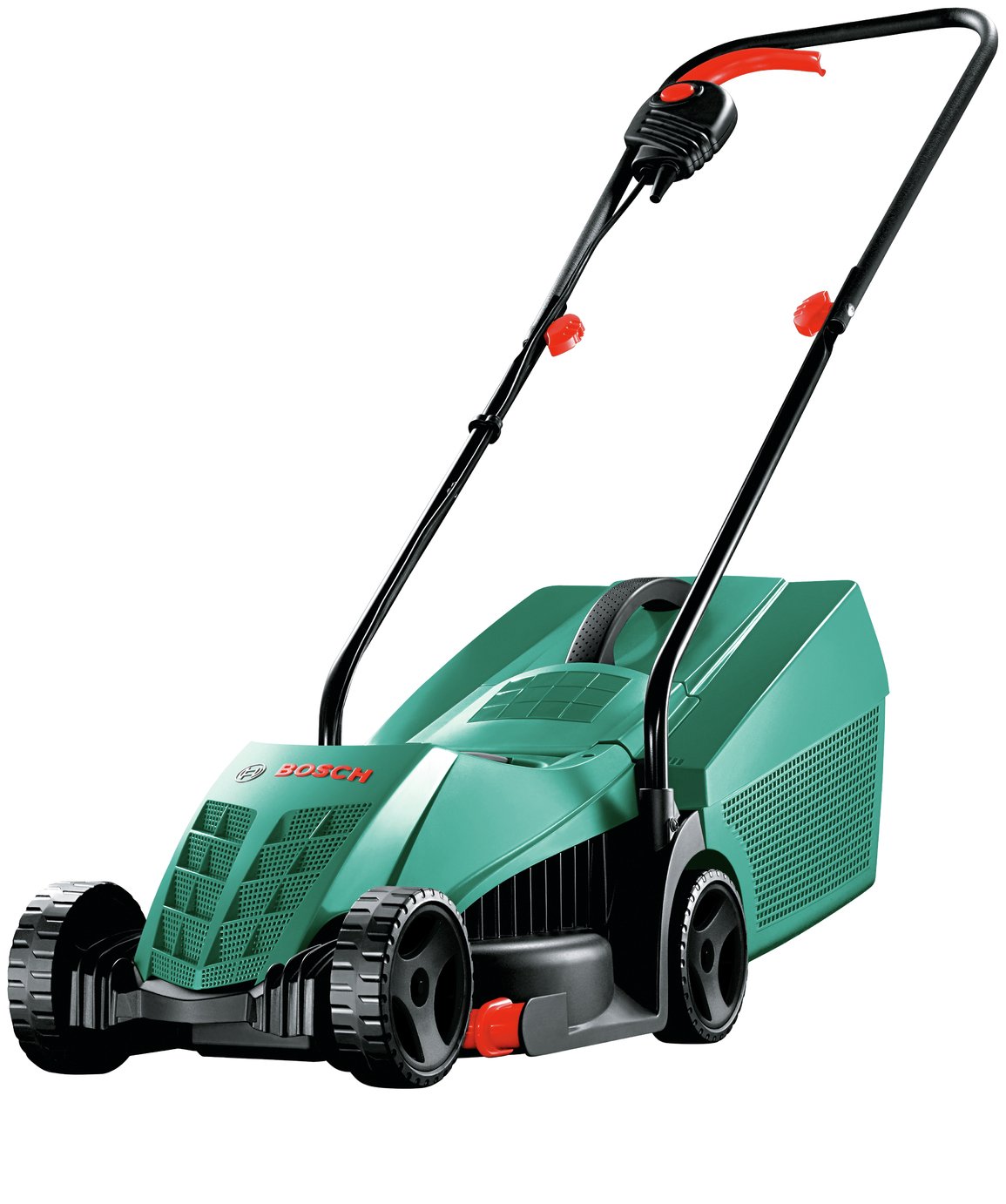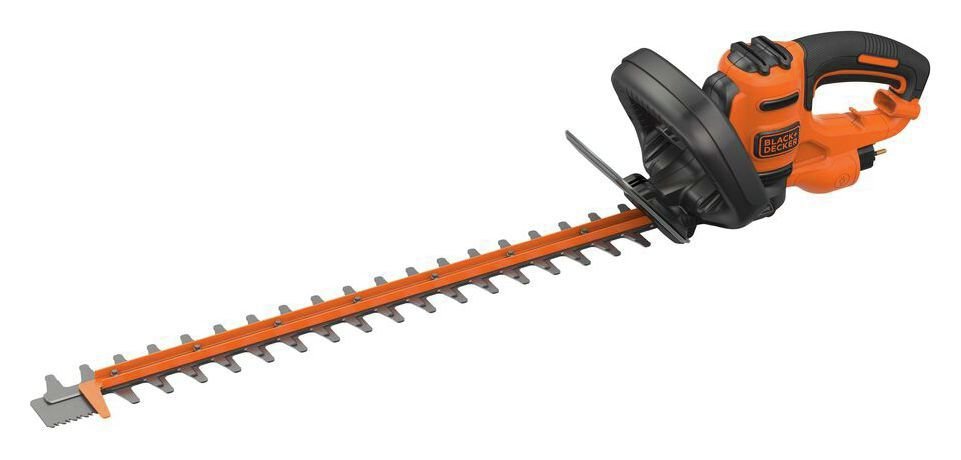Home > Question >
Why are the stems on my Chinese Money Plant turning brown or mushy?
Our Advice:
If the stems on your Chinese Money Plant are turning brown or mushy, it may be due to overwatering or a fungal infection. Overwatering can lead to root rot, which can spread to the stem and cause it to become mushy and discoloured. To remedy this, reduce watering frequency and make sure the plant is in a well-draining soil mix. If a fungal infection is suspected, treat the plant with a fungicide according to the manufacturer's instructions.
Here are some related questions:
Not what you are looking for?
If you can't find what you are looking for on the website then you can ask one of our experts. To get in touch with us Click Here
We will try to get back to you with an answer as soon as we can.
Here is some more information for you:
Chinese Money Plant: Overview
The Chinese Money Plant, also known as Pilea Peperomioides, is a popular houseplant that has gained popularity in recent years due to its unique round leaves and easy-care requirements. It is native to Southern China and is believed to bring good luck and fortune to its owners, hence the name "money plant."
Chinese Money Plant: Characteristics
The Chinese Money Plant is a compact plant that grows up to 12 inches tall and 12 inches wide. It has circular, coin-shaped leaves that can grow up to 4 inches in diameter. The leaves are a bright green colour and have a shiny, waxy texture. The plant also produces small, white, and pinkish flowers that bloom in the summer.
Chinese Money Plant: Cultivation
The Chinese Money Plant is an easy-to-care-for plant that can be grown in a variety of conditions. It prefers bright, indirect light and well-draining soil. Overwatering can cause the plant's roots to rot, so it's important to let the soil dry out slightly between watering. The plant also benefits from occasional fertilization during the growing season.
Chinese Money Plant: Propagation
The Chinese Money Plant is a fast-growing plant and can be easily propagated by taking stem cuttings. To do this, simply cut off a healthy stem just below a leaf node and remove the lower leaves. Place the cutting in a glass of water or in moist soil until roots develop, and then transplant it into a new pot.
Chinese Money Plant: Uses
The Chinese Money Plant is primarily grown for its ornamental value and is a popular choice for houseplants due to its unique appearance and easy-care requirements. It is often grown in small pots and used to add a pop of green to desks, shelves, and windowsills.
The Chinese Money Plant is a unique and easy-to-care-for houseplant that has become increasingly popular in recent years. With its round, coin-shaped leaves and reputation for bringing good luck and fortune, it's no wonder why this plant has become a favourite among plant enthusiasts.
Did you find this answer useful? Subscribe to our newsletter for gardeing news, projects, special offers and competitions.
Ask another gardening question:
Learn More About Pests and Diseases
Gardening Projects for May
